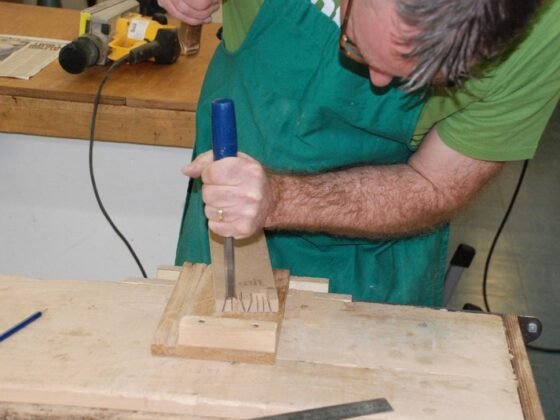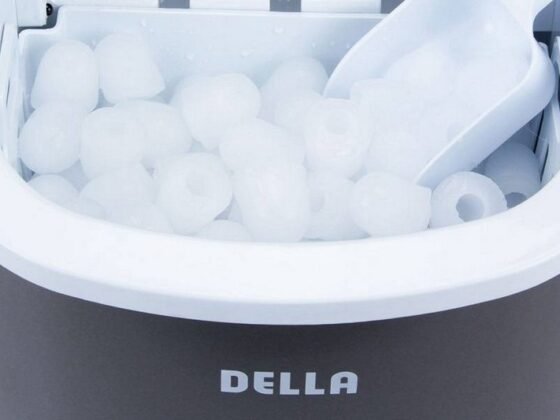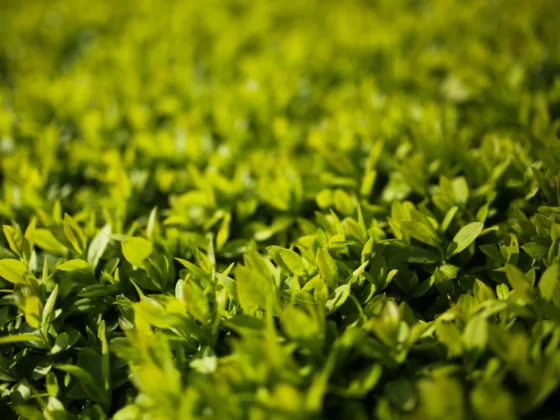Table of Contents Show
Garden Weeds Identification offers valuable lessons regarding the overall health of the yard’s turfgrass.
Learn how to identify the types of weeds, find out what makes them sprout, discover how to get rid of weeds in grass, how to eradicate them, and take hints from their presence with respect to improving the lawn.
Types of Weeds, Basic Garden Weeds Identification for Beginners
Read Also:
Leaves
Any unwanted plants growing in a cared-for lawn may be considered weeds. Even so, the weed determination (Garden Weeds Identification) is occasionally in the eye of the beholder.
For example, if a homeowner’s lawn is made up of Kentucky bluegrass, then fine or tall fescue would be considered weeds.

- Monocot plants, which Purdue identifies as being frequently from the Gramineae family (grasses, such as crabgrass, bluegrass, and tall fescue).
- Dicot plants, which are the basic broadleaf weed plants the hobbyist knows as clover and dandelion.
Growth Cycles (Garden Weeds Identification)
Another common differentiation/garden weeds identification between lawn weeds is the growth cycle. For example, monocot crabgrass is an annual weed. As such, it germinates, grows, goes to seed and then dies off. The seeds must germinate in the lawn’s soil to start the cycle again.
Biennial weeds complete this cycle in two growing seasons. Perennial weeds live through numerous growth cycles. Dicot dandelions or white clover are quintessential perennial weeds that come back season after the season unless eradicated.
It is important to note that an examination of the growth cycles gives the gardener a hint at how to manage or eradicate the lawn weeds.
Specific Weed Control Tips and Tricks, How to Get rid of Weeds in Grass
Crabgrass
As the name implies, crabgrass is a monocot. It is an annual weed and therein lays its weakness. Keeping the lawn mowed properly cuts down on the production of seeds.
Concurrently improving soil and desired turfgrass growing conditions enables the lawn to outcompete the crabgrass (and other undesirable grasses like it) when it comes time to germinate.
Dandelion
A perennial broadleaf dicot, dandelions are the bane of existence for plenty of gardeners. Due to the deep taproots that make mechanical damage with a lawnmower not a feasible means of weed control, a manual removal is a good option.
Trying to get as much of the taproot as possible increases the odds of success; timing the removal before the flower creates seeds is a must to curtail the spread of the plants.
White clover
White clover is quick to take over a lawn if it is improperly fertilized. UC Davis explains that improving the health of the lawn by simply fertilizing it increases the soil’s nitrogen to such an extent as to make the landscape inhospitable to the weed.

General Weed Control
Although the identification of the lawn weeds (garden weeds identification) holds the answer to the eradication of specific plants that pop up in the landscape, there are some general tips and tricks for making the grassy area an unattractive breeding ground.
First and foremost, strengthen the grass so that it spreads to bald patches of the turf.
Learn the proper way to mow the lawn and also note how to dethatch – and how to care for a lawn after dethatching – the area. Apply pre-emergence herbicides prior to seed germination and only when not re-seeding the lawn.
Opt for post-emergence herbicides to selectively target large patches of weeds missed prior to germination.
Garden Weeds Identification is a crucial first step for increasing the health of the grass. The presence of specific weeds hints at what the lawn grass might be missing – in the case of white clover, it is nitrogen – to grow stronger.
Before eradicating the weeds, the savvy gardener should learn all that these plants have to reveal about the soil’s condition.
Sources of Garden Weeds Identification
- Weed Management in Lawns; http://ipm.ucanr.edu/PMG/PESTNOTES/pn74113.html#IDENTIFICATION; http://ipm.ucanr.edu/PDF/PESTNOTES/pnweedmanagementlawns.pdf
Photo Credits on How to Get rid of Weeds in Grass
- Crabgrass; by Richard Arthur Norton/Wikimedia Commons at https://commons.wikimedia.org/wiki/File:Crabgrass.JPG
- Dandelion; by Adam Retchless/Wikimedia Commons at https://commons.wikimedia.org/wiki/File:Dandilion_plant.jpg
- White Clover; by Fanghong/Wikimedia Commons at https://commons.wikimedia.org/wiki/File:TrifoliumRepensFlowers2.jpg










